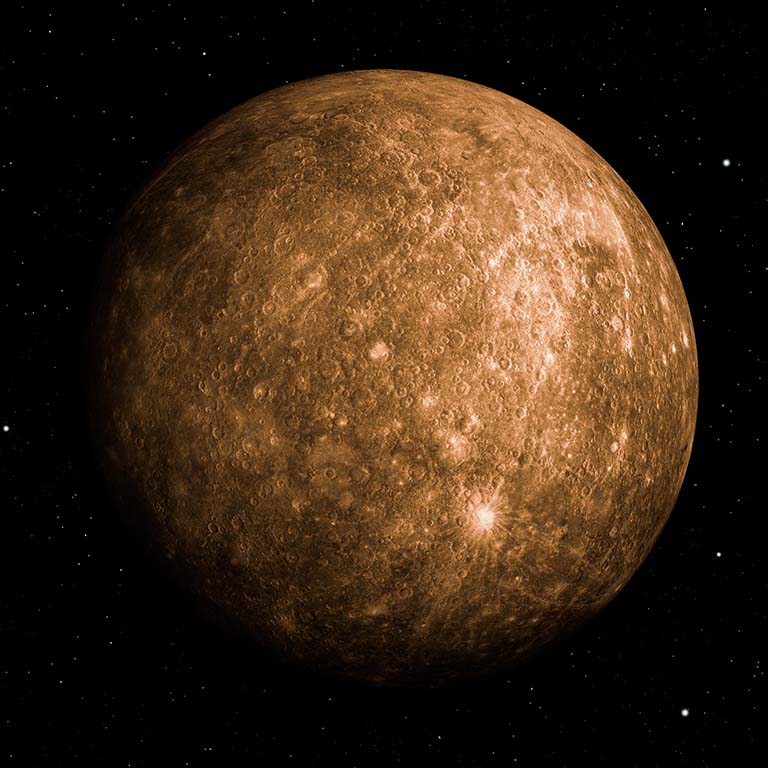BLOOMINGTON, Ind. -- Mercury and Venus will be low in the western evening sky in October. Mercury will take some effort to see, but brilliant Venus will not be hard to find. Saturn and Jupiter will rise in that order before midnight. Mars will become a bright object in the predawn sky, standing high in the east.
Mercury will emerge from the solar glare early in the month and will be 18 degrees from the sun by month's end. It will stay very low above the western horizon. Its visibility won't improve much as October progresses.
Venus will dominate the evening sky more than 30 degrees east of the sun in October. The gleaming white planet will set 80 minutes after the sun early in the month, offering a lovely view as twilight deepens.
Saturn will already be high in the southeastern sky as evening twilight falls, standing 20 degrees high in the constellation Aquarius. By month's end the planet will be 40 degrees high at the same time and remain visible well into the morning, outshining everything in this region.
Jupiter will rise just after 10 p.m. local time on Oct. 1 and two hours earlier at month's end. By early morning Jupiter will be more than 80 degrees high in the constellation Taurus, providing fine views for observers in the Northern Hemisphere. Even small telescopes will show details in Jupiter's turbulent atmosphere.
Mars will rise shortly before local midnight on Oct. 1 and by 11 p.m. on Oct. 31. The Red Planet will cross the constellation Gemini and move into Cancer by Oct. 29.
Moon phases
The moon will be new on Oct. 2, at first quarter on Oct. 10, full on Oct. 17, and at last quarter on Oct. 24.
Author: Hal Kibbey Email: hkibbey [at] gmail.com


 The College of Arts
The College of Arts